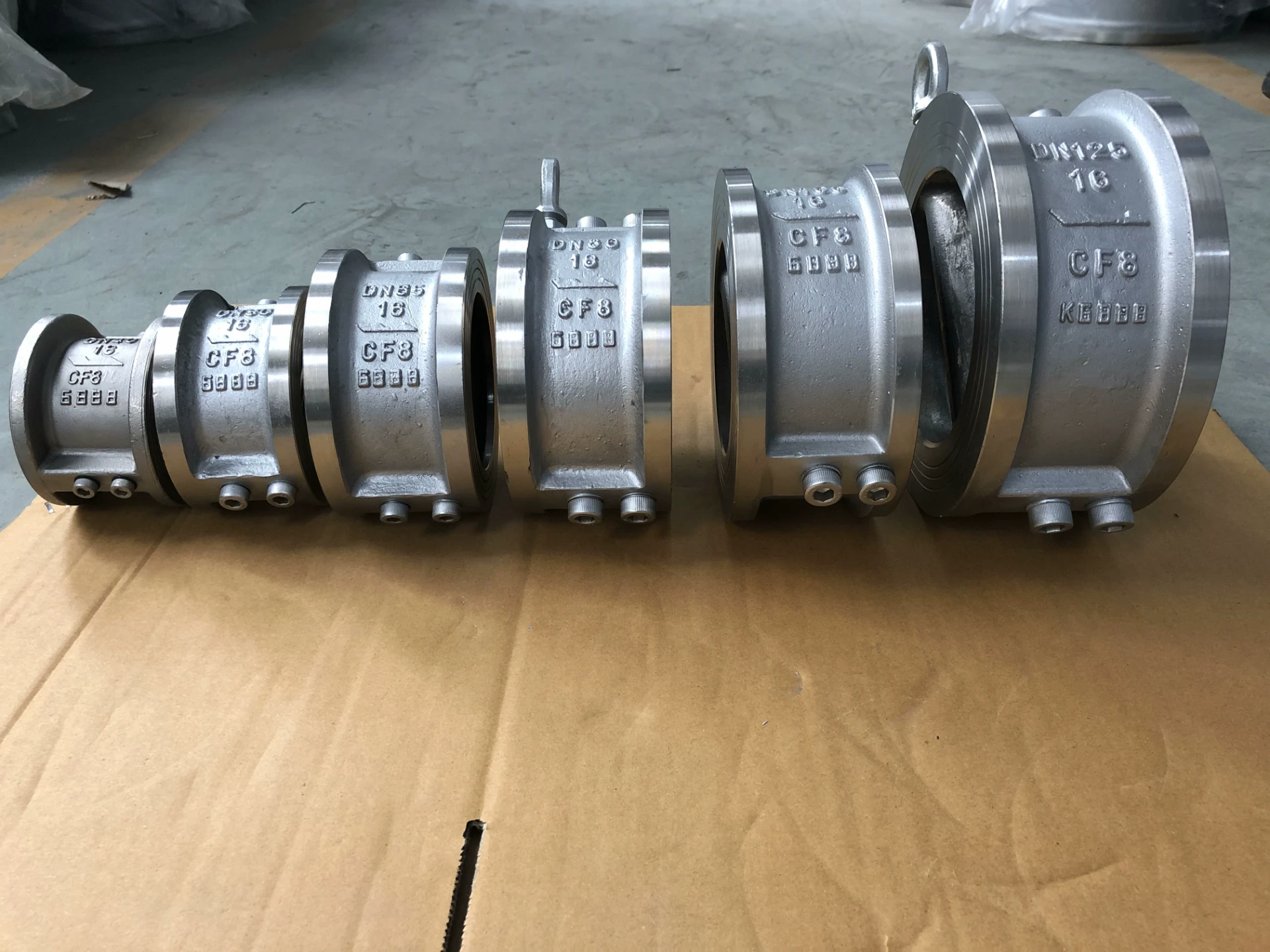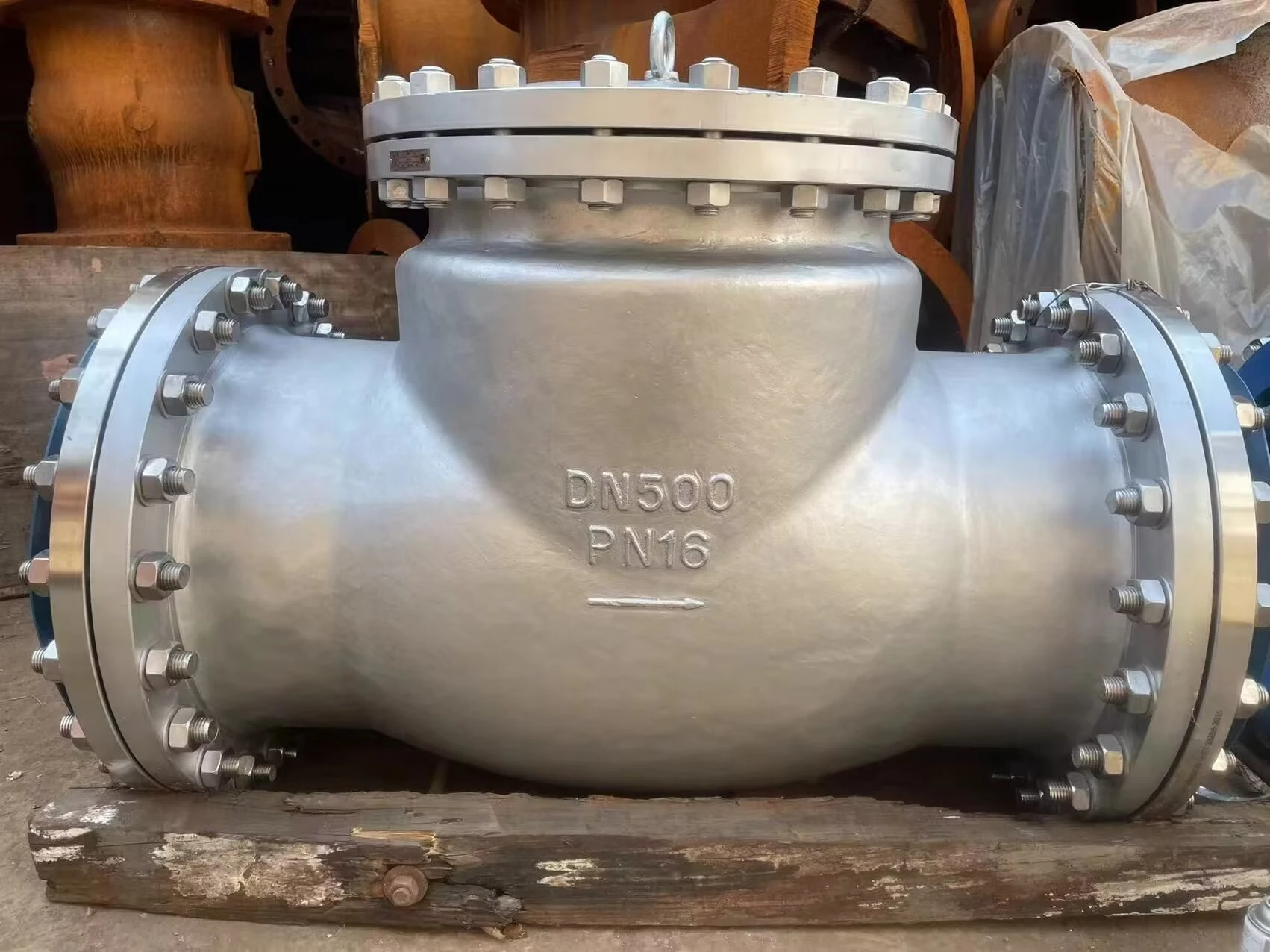check valve
In the dynamic world of fluid control systems, the check valve stands as a pivotal component, ensuring fluid flows in a singular, desired direction while preventing backflow. For individuals tasked with maintaining robust fluid systems, understanding the functionality and applications of check valves can greatly enhance operational efficiency and system integrity.

Check valves are commonly implemented in systems where backflow could cause damage or operational issues. These valves automatically close when the fluid in the pipeline begins to flow backward, ensuring that media flows in only one direction. This characteristic makes them particularly valuable in industries such as water treatment, chemical processing, and oil and gas, where precision and reliability are paramount.
A key aspect of check valves that promotes trustworthiness and system safety is their ability to operate without human intervention. This automation reduces human error, a critical advantage in systems where precision is essential. Furthermore, the durability and reliability of well-designed check valves minimize system downtime, thus enhancing productivity and profitability.

When choosing a check valve, expertise is crucial. The material selection for check valves is diverse, tailored to suit different media types and pressures. Stainless steel, for instance, is often selected for its corrosion resistance, making it ideal for harsh environments. Meanwhile, PVC check valves might be utilized in less demanding systems where cost-effectiveness is a priority. Understanding these nuances can prevent premature valve failures and costly maintenance.
check valve
Check valves also vary in type. Swing check valves, for example, use a disc that swings on a hinge to block reverse flow. These are commonly found in water and wastewater systems. On the other hand, lift check valves, which use a disc to lift off its seat to allow forward flow, are frequently employed in high-pressure applications. Each type has specific advantages and limitations, emphasizing the importance of choosing the right valve for each unique application.
Incorporating feedback from industry experiences, it’s evident that regular maintenance and proper installation are critical for the long-lasting performance of check valves. Even the most authoritative systems can falter if installation mistakes occur. Therefore, ensuring that installation guidelines are meticulously followed is an essential step in safeguarding system functionality.
Moreover, leveraging technological advancements can greatly enhance the efficacy of check valves. Modern innovations include smart valves equipped with sensors that provide real-time performance data, allowing operators to preemptively address issues before they escalate. This integration of technology not only reinforces the authority of fluid systems but also exemplifies a commitment to cutting-edge solutions.
In conclusion, check valves are indispensable in maintaining the unidirectional flow of fluids, safeguarding equipment, and optimizing operational processes. By grounding decisions in expertise, supported by experience and authority, and by embracing technological advances, businesses can ensure the trustworthiness and longevity of their fluid management systems. The path to efficiency begins with informed decisions and quality components, making the check valve a cornerstone of fluid dynamics.
-
Breakthrough in Domestic Low Temperature Valve Technology in ChinaNewsAug.18,2025
-
From Machinery to Intelligent Brain: The Digital Transformation Wave of the Valve IndustryNewsAug.18,2025
-
PCVEXPO 2025NewsAug.18,2025
-
The Key to Fluid Control: Exploring the Advantages of Ball Valves in Industrial SystemsNewsJul.09,2025
-
The Versatile World of 1, 2, and 3 Piece Ball ValvesNewsJul.09,2025
-
Stainless Steel Ball Valves: The Ideal Choice for Efficient Flow ControlNewsJul.09,2025
-
Optimizing Fluid Control with Ball Float ValvesNewsJul.09,2025




